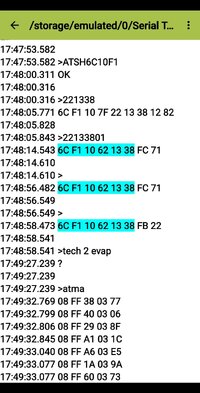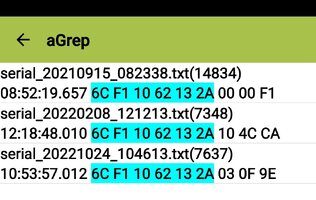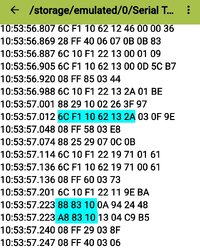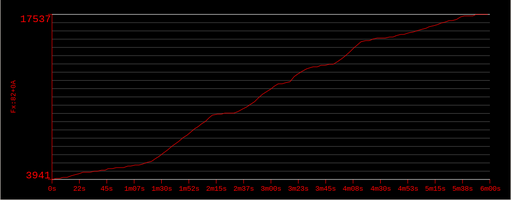BCM,Fuel Tank Pressure -F, FuelTnkPr, 22114E, A/51,0,5, Volts, Auto,,All models,https://torquebhp.fandom.com/wiki/GM_Extended_PIDs
PCM,Engine Run Time -F, Run Time, 2211A1, ((A*256)+B)/60,0,999, Mins, Auto,,All models,https://torquebhp.fandom.com/wiki/GM_Extended_PIDs
PCM,HO2S1 Crossover Counts -F, HO2S1-X, 2211AF, A,0,255, Counts, Auto,,All models,https://torquebhp.fandom.com/wiki/GM_Extended_PIDs
PCM,HO2S2 Crossover Counts -F, HO2S2-X, 2211B0, A,0,255, Counts, Auto,,All models,https://torquebhp.fandom.com/wiki/GM_Extended_PIDs
PCM,EGR Closed Position Volts -F, EGR Cls, 2211BB, A/51,0,5, Volts, Auto,,All models,https://torquebhp.fandom.com/wiki/GM_Extended_PIDs
PCM,EGR Test Counts -F, EGR Test, 2211BD, A,0,255, Counts, Auto,,All models,https://torquebhp.fandom.com/wiki/GM_Extended_PIDs
PCM,EGR Position Error% -F, EGR Err%, 2211C1, A/2.55,0,100, %, Auto,,All models,https://torquebhp.fandom.com/wiki/GM_Extended_PIDs
PCM,HO2B1S1 Warm Up time -F, HO2B1S1-W, 2211CA, A,0,255, Secs, Auto,,All models,https://torquebhp.fandom.com/wiki/GM_Extended_PIDs
PCM,HO2B1S2 Warm Up time -F, HO2B1S2-W, 2211CB, A,0,255, Secs, Auto,,All models,https://torquebhp.fandom.com/wiki/GM_Extended_PIDs
PCM,HO2S3 Warm Up time -F, HO2S3-W, 2211CC, A,0,255, Secs, Auto,,All models,https://torquebhp.fandom.com/wiki/GM_Extended_PIDs
BCM,Fuel Tank Level% -F, Fuel Lvl%, 2212C5, A/2.55,0,100, %, Auto,,All models,https://torquebhp.fandom.com/wiki/GM_Extended_PIDs

 ) according to the Torque Wiki here...
) according to the Torque Wiki here... 





